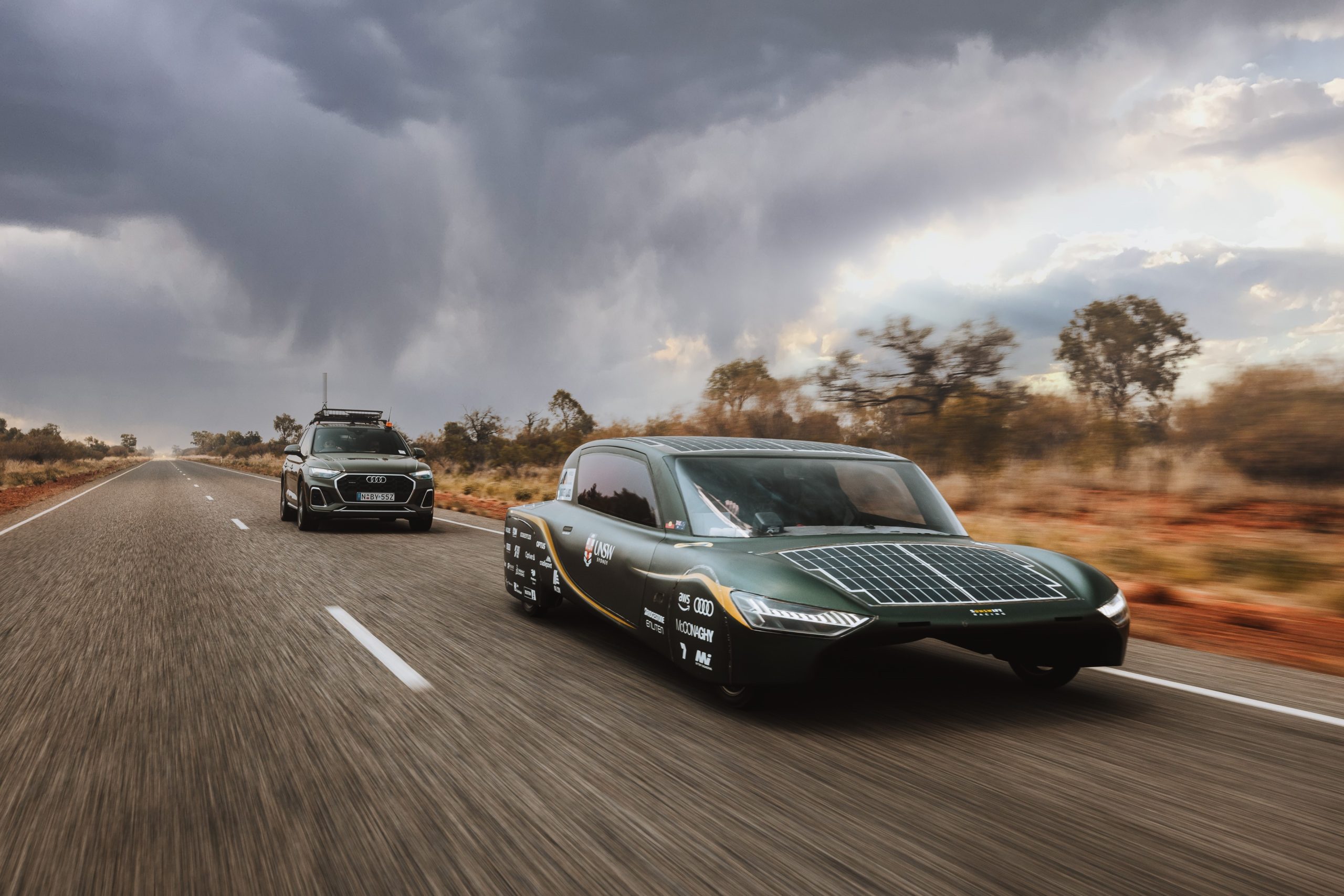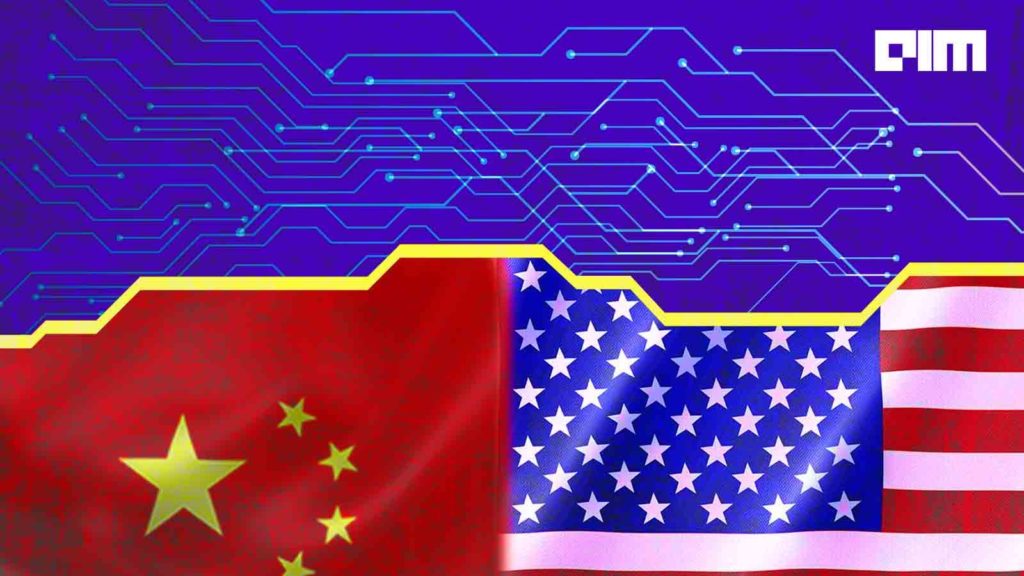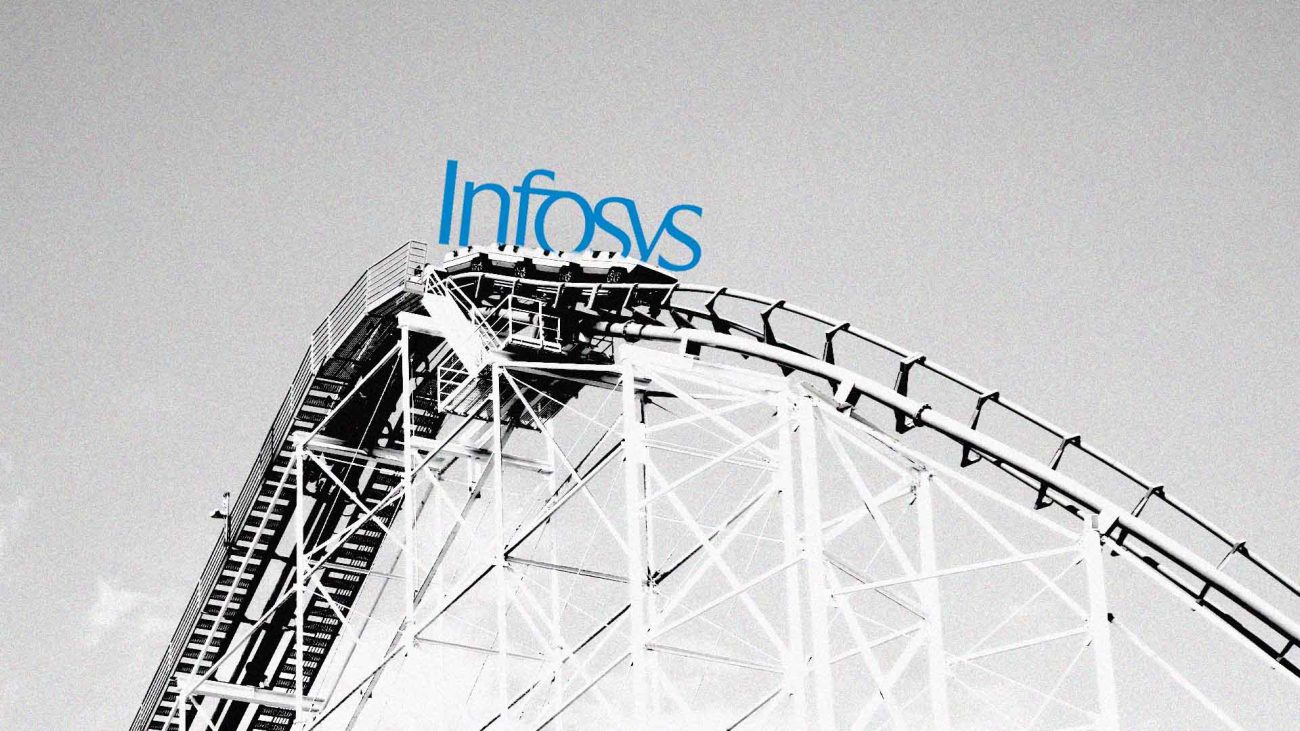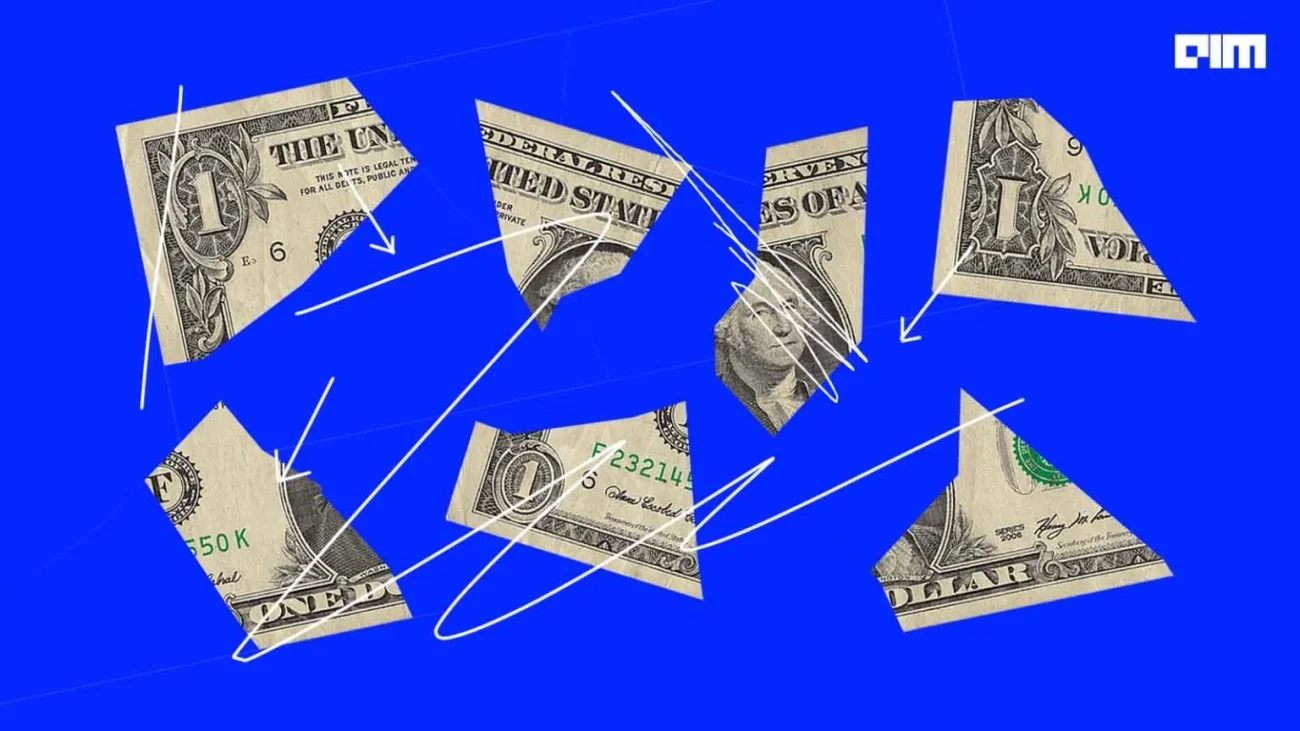|
Listen to this story
|
In a thrilling showcase of cutting-edge technology, the University of New South Wales Sunswift Racing team powered their way to victory at the 35th annual World Solar Challenge, an event that brings together academic institutions from across the globe. Boasting almost 100 competitors, this intense competition spans a gruelling 1,900-mile course over four challenging days, with a unique emphasis on energy efficiency over speed.
UNSW Sydney made history by dominating the energy efficiency competition and crossing the finish line first, securing the prestigious Cruiser Cup with their innovative Sunswift 7 vehicle. What sets this solar-powered car apart is its intelligent utilisation of the NVIDIA Jetson Xavier NX edge AI system-on-module for energy optimization.
Impressively, it was the only contestant to race with four individuals on board, supported by a remote mission control team.
The NVIDIA Jetson module manages all control systems on the car, from the accelerator pedal to wheel sensors and solar current sensors, with plans for even more AI integration in the next version of the vehicle, Sunswift 8.
This solar electric vehicle is powered by NVIDIA Jetson AI, managing nearly 100 automotive monitoring and power management systems. It can even adjust its speed based on weather forecasts, urging the driver to go faster if rain is expected later in the day when conditions would necessitate slower driving.
The technical team developed a model to determine the optimal driving speed for maximum energy conservation. The Sunswift 7 runs on the Robot Operating System (ROS) suite of software and relies on its NVIDIA Jetson module to process sensor inputs for analytics, monitored remotely by the pit crew back on campus at UNSW.
Richard Hopkins, project manager at Sunswift and a UNSW professor, highlights the distinctive nature of this competition, stating, “It’s a completely different proposition to say we can use the least amount of energy and arrive in Adelaide before anybody else, but crossing the line first is just about bragging rights.”
This exceptional challenge traverses the entire Australian continent on public roads, from Darwin in the north to Adelaide in the south, earning its reputation as the “world’s greatest innovation and engineering challenge contributing to a more sustainable mobility future.” Furthermore, it serves as a launchpad for students pursuing careers in the electric vehicle industry.
The Sunswift 7 vehicle was designed for efficiency, with its primary mission to use the least amount of power outside of its straight-line journey from Darwin to Adelaide. As Hopkins proudly noted, “Sunswift 7 was featured in the Guinness Book of World Records last year for being the fastest electric vehicle for over 1,000 kilometres on a single charge of the battery.”
Hopkins emphasised the intensity of the competition, with every team member required to excel during the exhausting five-and-a-half-day journey.
The UNSW team dedicated significant effort to improving the vehicle’s aerodynamics, undergoing nearly 60 design iterations assessed through computational fluid dynamics modelling and simulations. Remarkably, the car was never physically tested in a wind tunnel.
Hopkins noted that over 100 students are earning course credit for their involvement with the Sunswift Racing team, many of whom are eager to pursue careers in the electric vehicle industry. Graduates of the World Solar Challenge have found employment at prestigious companies such as Tesla, SpaceX, and Zipline, underscoring the significance of this competition as a pivotal step toward a sustainable mobility future.
With their remarkable victory, the University of New South Wales Sunswift Racing team has not only championed energy efficiency and innovation but has also showcased the pivotal role of NVIDIA‘s Jetson technology in shaping the future of solar-powered vehicles.














































































